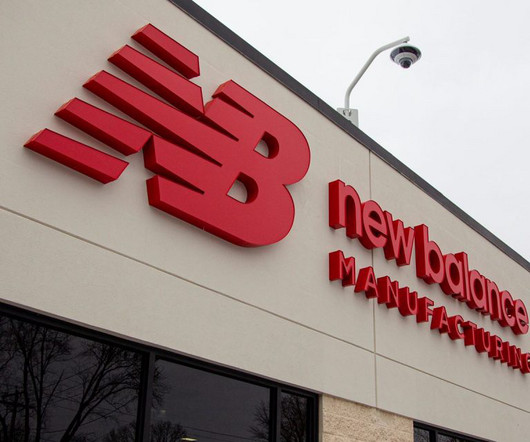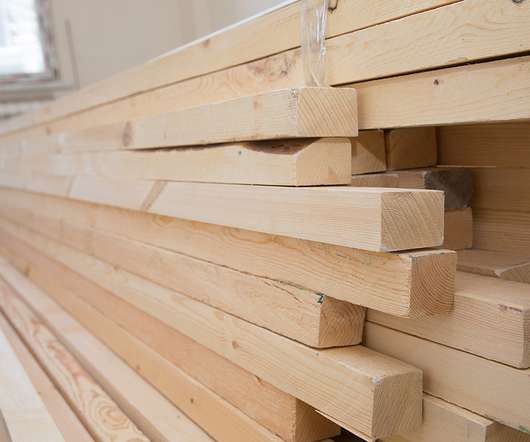New Balance Has Plans for Added U.S. Manufacturing
Supply Chain Matters
JUNE 15, 2023
Athletic and leisure footwear manufacturer New Balance has advanced plans to build the company’s sixth footwear manufacturing facility within the United States. Commenting on the Skowhegan facility expansion, Joe Preston, New Balance President indicated: “ Manufacturing has always been at the core of our company culture.
















Let's personalize your content